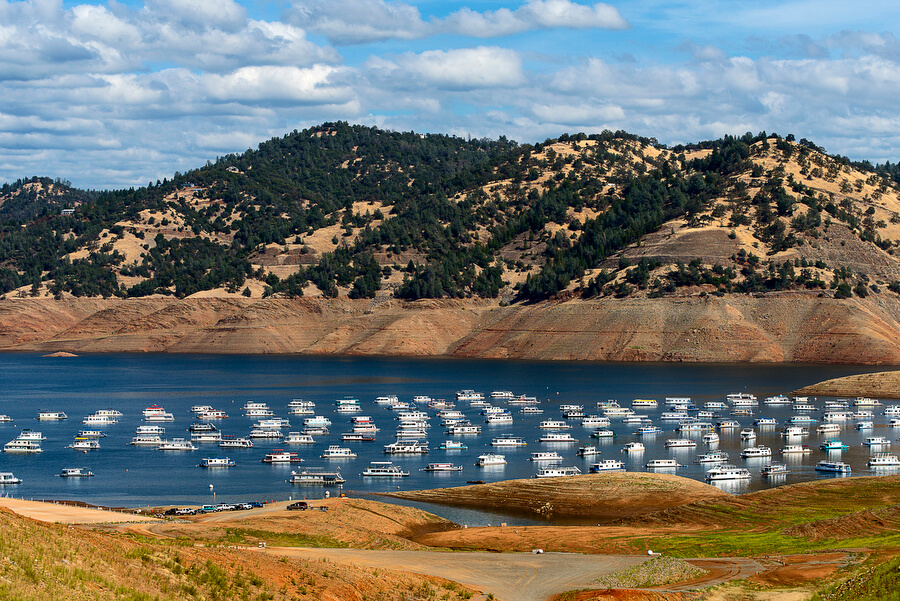The State Water Board on May 27, 2014 issued curtailment notices to all post-1914 water right holders in the Sacramento-San Joaquin watersheds based on the lack of available water supplies. In the last several weeks, the State Water Board has begun a modern, real-time, process to administer these water rights and California’s priority system, which allows more water to be stored in existing reservoirs so it will be available for various uses next year.

In Northern California, reservoir levels are now at record low-levels, with Lake Shasta at 23% of capacity; Lake Oroville at 26%; and Folsom Lake at 29%. (Major reservoir levels can be seen at: California Reservoir Levels)
To help increase storage levels, on October 2, 2014, the State Water Board announced a process to “to temporarily lift curtailments during significant storm events to capture new precipitation.” Significantly, the State Water Board is beginning to implement a modern, real-time process by providing electronic notification of these short-term diversion opportunities. “The State Water Board considers implementation of this real-time early precipitation plan in the public interest because it increases water storage supplies at every opportunity.” The SWRCB notice is at: State Water Resources Control Board.
On November 12, the State Water Board lifted curtailments in the Sacramento and San Joaquin River watersheds for water rights between 1914 and December 31, 1953, based on reduced diversion demands on the system during the fall. The State Water Board last week authorized temporary diversions for post-1914 water rights based on this week’s rain event and associated projected runoff.
During this time, water right holders will comply with their terms and conditions, which presently include State Water Board Term 91 to protect stored water released from the Central Valley Project and State Water Project. We are hopeful over time that the State Water Board will allow all water rights, including the major projects, to divert water to storage this fall and winter for use next year.
The State Water Board should be congratulated in its efforts to modernize the administration of the water rights system by providing real time information and management. Most importantly, these actions are critical during this dry period to help maximize the ability to divert water into existing storage facilities so the water will be available for next year. This process also allows certain water to be diverted as fall water for birds along the Pacific Flyway.



